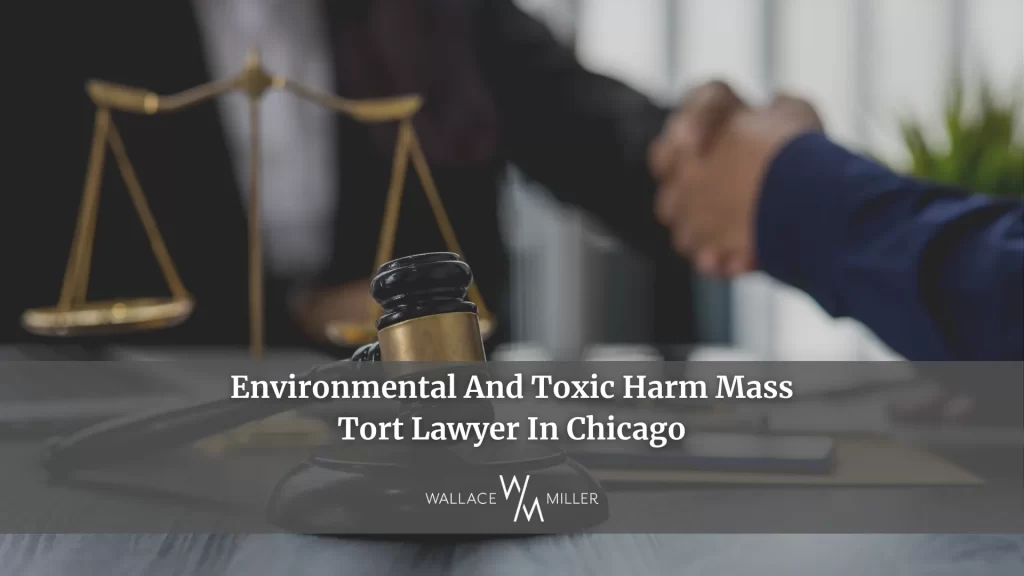
If you developed a medical condition from exposure to an environmental hazard or toxic substance, contact the product defect and mass tort litigation attorneys of Wallace Miller immediately. You might be entitled to compensation from the negligent party that exposed you to dangerous conditions. We could represent you in your case if you’re eligible to join a mass tort lawsuit.
Substances such as asbestos and carbon monoxide are toxic to humans and can cause various medical issues if exposure occurs. Environmental and toxic chemicals can lead to injuries, diseases, and death, especially after prolonged or frequent exposure. Unfortunately, some conditions don’t cause immediate symptoms. The adverse effects might not be apparent until years or decades pass.
At Wallace Miller, we understand how traumatic it can be to discover that a toxic substance or environmental hazard has put your health and life at risk. You weren’t aware of the harmful effects of exposure. Now you face medical treatment for the illness or injury you sustained. Our environmental and toxic harm mass tort lawyers are ready to help you hold the negligent party liable. We will fight by your side for justice and seek the maximum possible compensation on your behalf.
Call Wallace Miller at (312) 261-6193 today for your free consultation. We will determine whether you qualify for a mass tort lawsuit and advise you about the available legal options.


